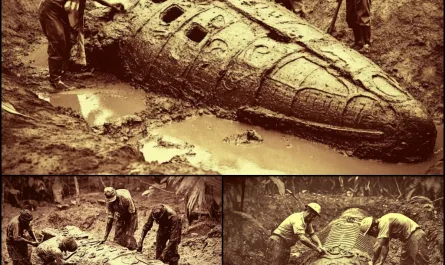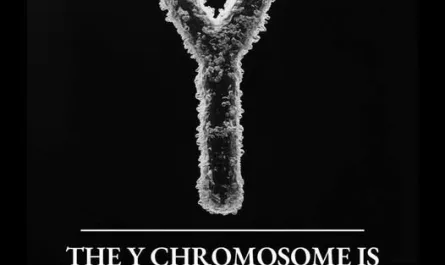In modern fantasy games set in worlds based loosely on medieval Europe, gold coins are portrayed as the normal medium of everyday exchange. In Dungeons & Dragons, for instance, players collect generic “gold coins” and use these coins to buy just about everything, including supplies for their quests and drinks at the local tavern. Trading in “gold pieces” is also a common trope in many fantasy novels.

People in Europe during the Middle Ages really did use gold coins, but gold coins were much rarer and much more valuable than they are often portrayed in modern fantasy games and novels. Daily commerce in Europe during the Middle Ages was conducted not with gold coins, but rather with silver and bronze coins. In fact, most ordinary people during the Middle Ages probably rarely even saw gold coins.
The raw metal value of a Byzantine nomisma in modern United States dollars
It is extremely difficult to calculate how much a certain amount of money in the past would be worth in contemporary terms because people in the past obviously didn’t keep track of how much their money was worth in terms of contemporary dollars or pounds or euros. Furthermore, as we shall see in a moment, because people’s lives in the Middle Ages were so different from our lives today, it is hard to make comparisons in terms of purchasing power.
The preeminent gold coin in medieval Europe was the Byzantine nomisma, which, when it was first introduced by Constantine I (ruled 306 – 337 AD), was a round coin made of almost pure gold with a mass of 4.4 grams and a diameter of between twenty-two and twenty-three millimeters. According to this website, the current price for one gram of gold in the United States is $49.39. That means, in terms of its raw metal value, one nomisma would be worth about $217.32 in today’s money.

The purchasing power of the nomisma in the Byzantine world
It is probably more accurate to estimate the nomisma’s worth based on how much people in medieval times thought it was worth, though, rather than how much the metal in the coin would go for today.
We know that, in the Byzantine world, one nomisma was enough to buy one pig. Today, you can buy a cheap feeder pig for under $100, but a well-bred pig can go for anywhere in the range of $300 to $1,000. In the Byzantine Empire, three nomismata was enough to buy a donkey. Today, the cost of one donkey is usually somewhere between $500 and $2,000.
In the Byzantine Empire, for fifteen nomismata, you could buy a camel. Today, the usual price of a camel in the United States is somewhere around $5,000. Based on all this evidence, I would guess that one nomisma in the Byzantine Empire had roughly the purchasing power of around $400 in today’s money.
Things are made more complicated, however, by the fact that some goods, such as textiles, seem to have been vastly more expensive in the Byzantine Empire than they are today. For instance, the cost of a cheap blanket in the Byzantine Empire was worth one quarter of a nomisma.
If my estimate above is correct, a quarter nomisma would be equivalent to about $100. Today, though, you can buy a blanket for as cheap as $5. Similarly, the cost of a used cloak was one nomisma, but, today, you can buy used sweaters online for as cheap as $3.

How difficult was it to obtain a nomisma’s value?
In addition to looking at how much the gold in a nomisma coin would be worth today and how much purchasing power a nomisma had, we can also look at how much labor it took to earn the value of one nomisma.
The most common bronze coin in the Byzantine Empire was the follis. One nomisma was worth 288 folles. We know from historical records that a construction worker in Jerusalem in the sixth century AD was paid nine folles a day. That means that that construction worker needed to work for thirty-two days to earn the equivalent of one nomisma.
According to this website, the average hourly wage of a construction worker in the United States was $18 as of 16 February 2020. If we assume that a construction worker works from 9:00 a.m. to 5:00 p.m. and that they have an hour-long lunch break, that means the construction worker is working seven hours a day. That means the construction worker is making $126 a day.
After working seven hours a day for thirty-two days, the construction worker will have made $4,032. Therefore, it seems that one nomisma would be worth somewhere around $4,000 in terms of how difficult it was to earn. Ten nomismata, then, would be worth somewhere around $40,000 in today’s money. Regardless of what the exact estimate is, if you had ten nomismata in the Byzantine world, you’d be significantly wealthier than most ordinary laborers.
Some Byzantine aristocrats are said to have had thousands of nomismata. If my livestock conversion is correct and a Byzantine aristocrat had two thousand nomismata, that would be equivalent to something like $800,000 in today’s money. If my construction worker conversion is correct, then two thousand nomismata would be equivalent to something like eight million dollars. In any case, Byzantine aristocrats were definitely extraordinarily wealthy.

Why people normally used silver and bronze coins
Because gold coins were so valuable, people rarely did commerce with them. Instead, most daily commerce in the Middle Ages was done with silver and bronze coins. Even if you wanted to buy something very expensive like a pig, you were more likely to buy it with twelve silver milaresia than with a single gold nomisma.
In other words, modern fantasy games have gold coins all wrong. Gold coins were not the usual medium of everyday exchange during the Middle Ages. Paying for your ale at a local tavern in the Middle Ages with ten gold nomismata would be like paying for your burger at a fast food joint today with ten five hundred dollar bills.





